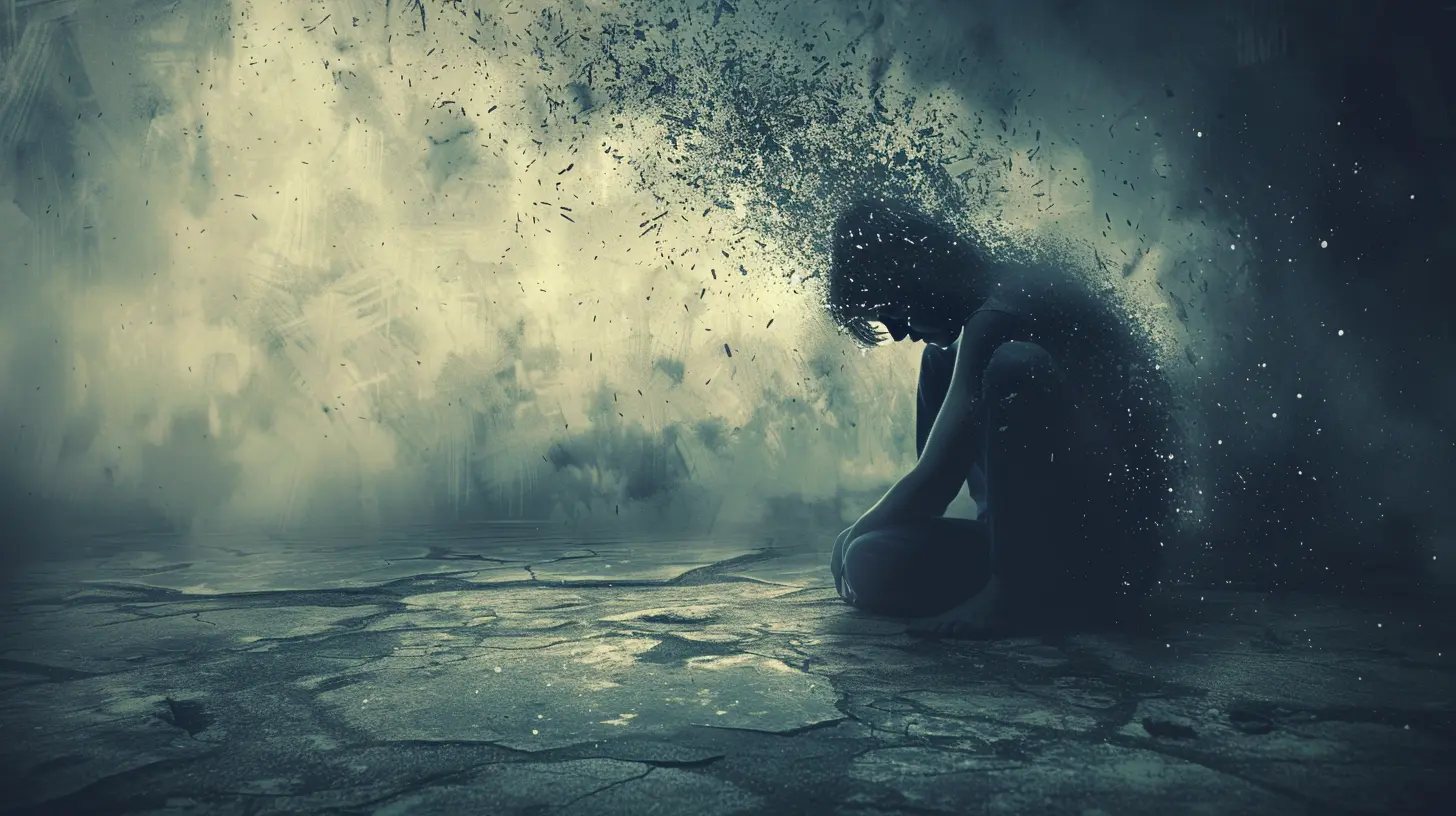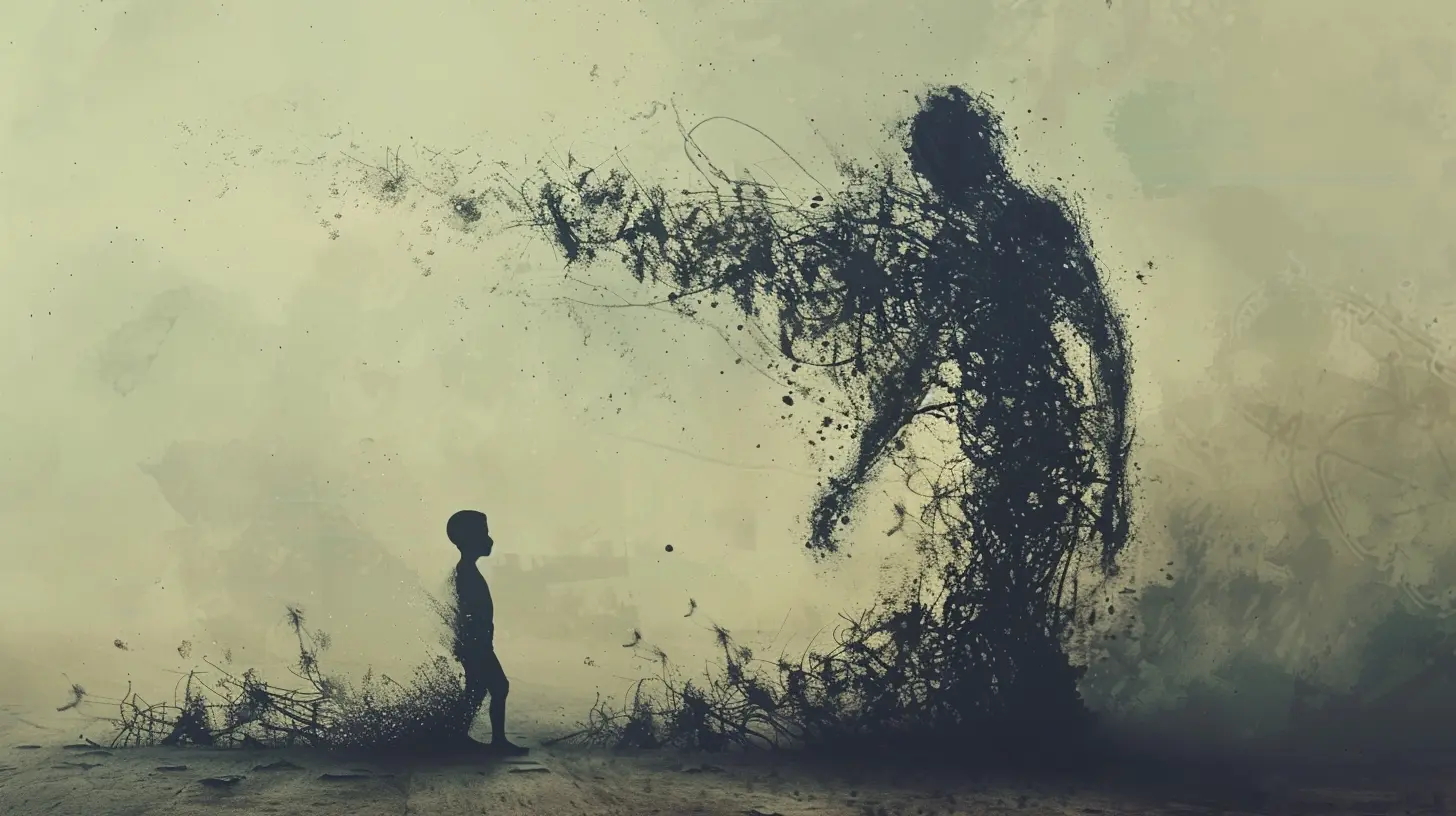Childhood Trauma and Its Impact on Adult Mental Health
25 September 2025
Childhood should be a time of joy, discovery, and love. But for many, it’s a period marked by neglect, abuse, or emotional pain. What happens to those children when they grow up? Unfortunately, childhood trauma doesn’t just disappear—it shapes the way they think, feel, and behave as adults.
If you've ever wondered why certain emotional triggers hit harder than they should, or why some people struggle with self-worth, relationships, or anxiety, the answer often lies in their past. In this article, we’ll break down how childhood trauma affects adult mental health, what signs to look out for, and how healing is possible. 
What Is Childhood Trauma?
Childhood trauma refers to distressing or harmful experiences that occur during childhood. These experiences can range from physical and emotional abuse to neglect, witnessing violence, or even losing a parent. Trauma isn’t just about big, obvious events—sometimes, subtle experiences like growing up in a highly critical household can leave lasting scars.Common Types of Childhood Trauma
- Physical abuse: Experiencing violence or harm from a caregiver.- Emotional abuse: Constant criticism, humiliation, or manipulation.
- Neglect: Lack of emotional or physical care, like not having basic needs met.
- Sexual abuse: Any form of sexual harm or exploitation during childhood.
- Witnessing domestic violence: Seeing parents or loved ones in violent conflicts.
- Parental abandonment or loss: Losing a parent due to divorce, death, or absence.
- Bullying and social rejection: Repeated humiliation from peers or family.
Not all trauma looks the same. But regardless of the type, the effects can be lasting and deeply ingrained in a person’s emotional and psychological framework. 
How Childhood Trauma Affects Brain Development
The human brain is incredibly adaptable, but childhood trauma can alter its structure and function in ways that persist into adulthood.The Role of the Stress Response
When children experience trauma, their stress response system goes into overdrive. The brain releases stress hormones like cortisol and adrenaline, preparing the body to fight or flee. But when trauma is repeated or prolonged, the brain starts functioning as if danger is always present.This can lead to:
- Hypervigilance: Always being on high alert for danger, even in safe situations.
- Emotional dysregulation: Difficulty managing emotions, leading to mood swings or outbursts.
- Fear-based thinking: Seeing the world as a scary and unpredictable place.
Changes in Brain Structures
Studies show that childhood trauma can impact key parts of the brain:- Amygdala: The fear center of the brain becomes overactive, making people more anxious or easily triggered.
- Hippocampus: The part responsible for memory and learning can shrink, leading to poor memory and difficulty distinguishing real threats from perceived ones.
- Prefrontal cortex: The area responsible for decision-making and impulse control can be underdeveloped, leading to issues with emotional regulation.
These changes can make adulthood more challenging, as people struggle with anxiety, depression, or difficulty trusting others. 
The Long-Term Mental Health Effects of Childhood Trauma
Not all survivors of childhood trauma experience the same effects, but common patterns emerge.1. Anxiety and Depression
Trauma survivors often battle chronic anxiety and depression. The brain, having been conditioned to expect danger, remains in a near-constant state of stress. Feelings of sadness, emptiness, or low self-worth are common.2. Difficulty in Relationships
Trust issues are a major challenge. If caregivers in childhood were unreliable or abusive, it becomes difficult to trust others in adulthood. Many trauma survivors fear abandonment, leading them to either cling too tightly to relationships or push people away before they can get hurt.3. Low Self-Esteem
Children who grew up feeling unloved or unworthy often carry these beliefs into adulthood. They may struggle with self-doubt, perfectionism, or an intense fear of failure.4. Addiction and Self-Destructive Behaviors
Many trauma survivors turn to substances, self-harm, or risky behaviors as a way to cope with emotional pain. Alcohol, drugs, or even workaholism can become an escape from unresolved trauma.5. PTSD and Complex PTSD
Some people develop Post-Traumatic Stress Disorder (PTSD), experiencing flashbacks, nightmares, or intense emotional reactions to triggers. Complex PTSD (C-PTSD) can develop in survivors who endured prolonged trauma, causing deep emotional wounds that affect their ability to function in daily life.6. Chronic Health Issues
The mind and body are deeply connected. Long-term stress can take a toll on physical health, leading to chronic pain, autoimmune disorders, digestive problems, and even heart disease.
Breaking the Cycle: Healing from Childhood Trauma
The good news? Healing is absolutely possible. Trauma might shape a person, but it doesn’t have to define them.1. Therapy and Professional Support
Trauma-informed therapy can be life-changing. Therapies like:- Cognitive Behavioral Therapy (CBT): Helps reframe negative thought patterns.
- Eye Movement Desensitization and Reprocessing (EMDR): Helps process traumatic memories.
- Somatic Therapy: Focuses on body-based healing to release stored trauma.
Talking to a professional who understands trauma can help untangle deep-seated emotional wounds.
2. Self-Compassion and Inner Work
Healing requires patience. Being kind to oneself, practicing self-care, and acknowledging that healing isn’t linear are essential steps in the journey.3. Building Healthy Relationships
Surrounding oneself with supportive and understanding people can reinforce a sense of safety and belonging. Trusted friends, mentors, or support groups can provide comfort and encouragement.4. Mindfulness and Stress Reduction
Practices like meditation, deep breathing, journaling, and yoga can help calm the nervous system and create a sense of inner peace.5. Reparenting Yourself
Sometimes, healing means giving yourself the love and care you didn’t receive as a child. This could involve affirmations, setting boundaries, or simply learning to treat yourself with kindness.Final Thoughts
Childhood trauma is a heavy burden, but carrying it forever isn’t necessary. The wounds of the past may shape how someone sees the world, but with awareness, support, and self-compassion, healing is possible.If you or someone you know is struggling with the effects of childhood trauma, know that help is available. You deserve to heal, to grow, and to live a fulfilling life. Your past doesn’t define you—your resilience and strength do.
all images in this post were generated using AI tools
Category:
Emotional TraumaAuthor:

Paulina Sanders
Discussion
rate this article
1 comments
Lexi Patterson
Thank you for addressing this important topic; understanding childhood trauma is essential for healing.
October 19, 2025 at 3:50 PM

Paulina Sanders
Thank you for your insightful comment! I'm glad you found the topic valuable.


